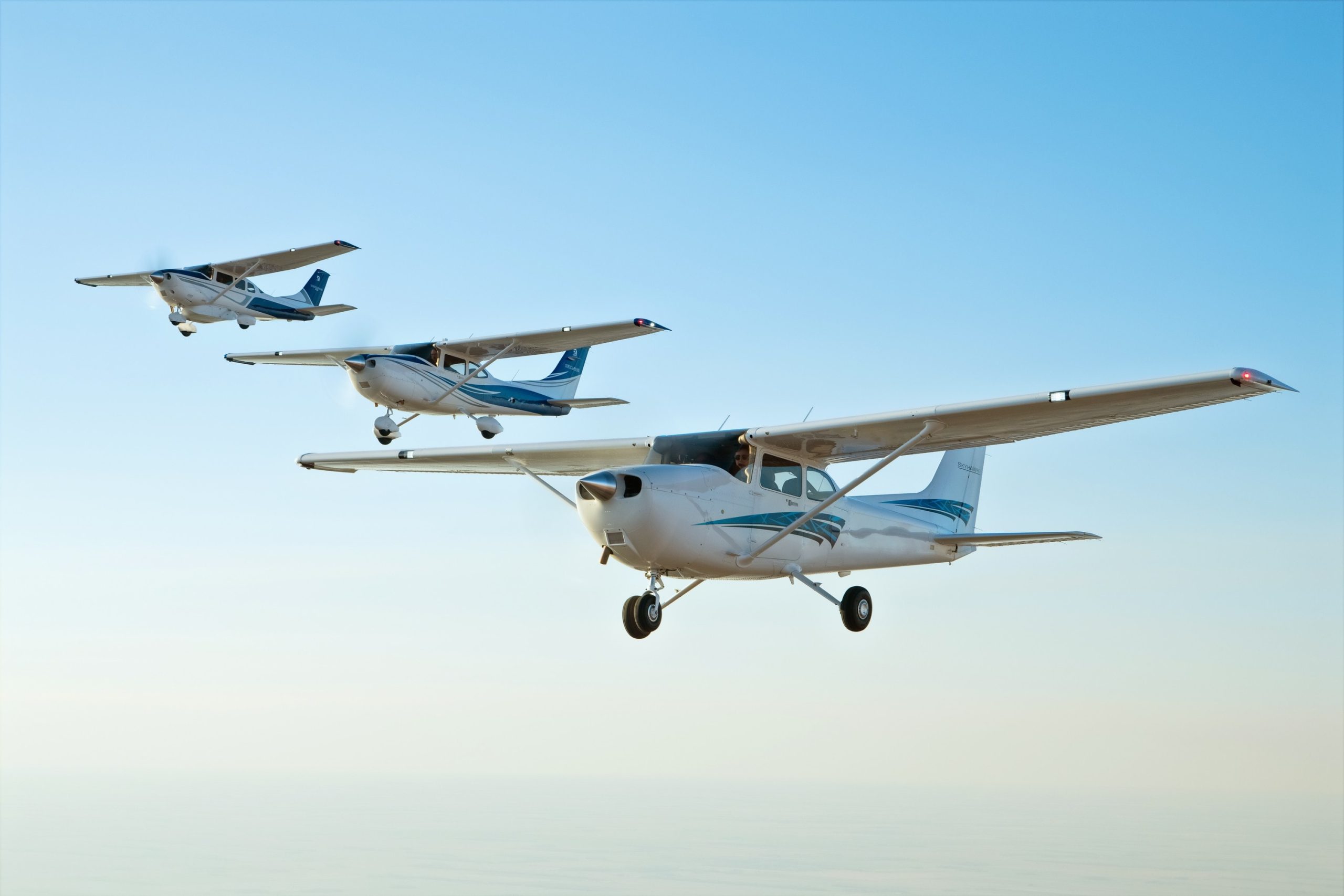Michelin, renowned for producing automotive tires and offering divisive restaurant guides (yes, they’re part of the same company), has a lesser-known presence in aviation.
Few may recall that Michelin once manufactured tires for the Space Shuttle. Hence, when they assert that their new Pilot series general aviation tires are the pinnacle of quality, there’s likely truth to their claim.
The overlap between automotive and aerospace tires might not be immediately apparent, but in terms of innovative design philosophies, some parallels can be drawn.
With a deeper skid depth than any previous Michelin general aviation tire, the Pilot series promises significantly extended durability compared to cheaper alternatives from budget manufacturers.
Moreover, boasting a next-generation proprietary rubber compound blend, the Pilot tire stands out as a dependable and marginally more sustainable choice than leading competitors like the Goodyear Flight Custom III.

While car and truck tires are assessed by metrics such as MPG and miles driven, civil aviation hinges on landings before tire replacement. Michelin’s Pilot tire is engineered to excel in this arena, offering resistance to hydroplaning, UV exposure, and repeated hard landings, setting a new standard in performance.
Thanks to streamlined production techniques borrowed from Michelin’s automotive tire manufacturing processes, waste generated during Pilot tire production is minimized, contributing to its sustainability.
Given the rising costs associated with private piston plane ownership, sparing expenses on frequent tire replacements is a luxury few aviation enthusiasts can afford in 2024. By opting for Michelin Pilots, individuals make a single investment in the finest rubber available, realizing long-term savings.
Continuously swapping out inferior hardware proves costly in the short term, whereas Michelin’s offering supports long-term sustainability, aiding private plane owners in keeping their aircraft airborne for longer durations—a feat even Space Shuttle tires couldn’t achieve.
The FAA’s prompt validation of this achievement, by updating Michelin’s Supplemental Type Certificate last August to encompass not just the Pilot tire line but also the Air and Aviator series, underscores the tire’s excellence. With regulatory approval secured, Michelin can now extend these substantial long-term savings to their aviation enthusiast clientele.
Amanda Murphy, Global Segment Lead of General Aviation at Michelin North America, Inc., hailed the attainment of a Supplemental Type Certificate covering a wide array of general aviation aircraft as revolutionary.
The new flagship tire size, the 6.00-6, embodied by the Michelin Pilot tire, promises to enhance the longevity and durability of general aviation tires, enabling pilots to devote less time to maintenance and more time to enjoying flight. While pricing details remain undisclosed, the dependability of these tires suggests they may pay for themselves over time.

